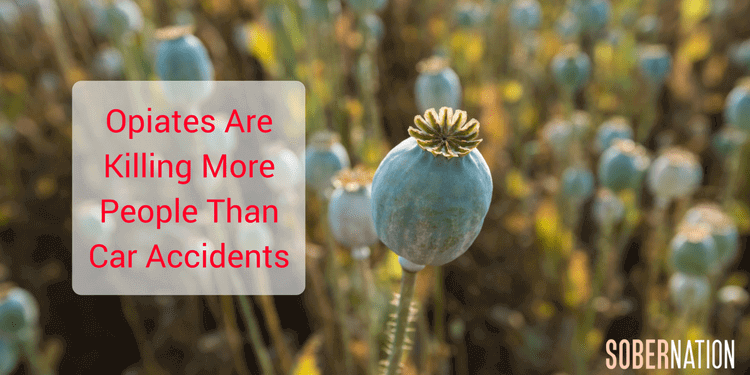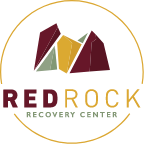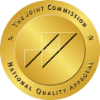Putting Limits on Prescriptions
Thirteen states have put into effect limits on the amount of opiates that can be prescribe based on quantities of pills or number of days prescribed. Charlie Baker, the governor of Massachusetts , enacted a strict limitation law, this resulted in a large decline in prescriptions from 2014-2016.
By lowering the amount of pills being prescribed it results in a lower the amount of pills on the streets. Long term this action has shown some promising numbers, but when this was first enacted the state saw a spike in opiate overdose deaths. When the pills disappear people who are hooked will turn to alternatives, like heroin.
Prescription Monitoring
Steve Beshaer, the former governor of Kentucky, helped make Kentucky the first state to start mandatory prescription monitoring. Within one year after passing the legislation in 2012 Kentucky saw a 30 percent decrease in the prescribing of opiates and sedatives together. Deaths from prescription opiates abuse dropped 25 percent. By monitoring prescriptions people who once doctor shopped, a common term for people who went to multiple doctors a month to obtain more prescription pills, saw a large decrease.
Making Nalexone (Narcan) More Accessible

“Overdose occurs when the opiate binds to the μ2receptors in the brain stem, desensitizing it to the carbon dioxide levels in the blood so that breathing mechanisms are not triggered, leading to respiratory failure. This process, however, can be interrupted by introducing naloxone, a safe and effective opiate antagonist that can reverse the effects of a wide range of natural, semisynthetic and synthetic opioids. Naloxone can be safely administered by intravenous or intramuscular injection, a procedure that requires little skill. More recently, naloxone has also been formulated for intranasal administration, which has been shown to be a safe and generally effective “first line prehospital intervention.”
Narcan can be administered by almost anyone with no training. The chances of someone surviving an opiate overdose when they are given Narcan increases exponentially. An opiate overdose is time sensitive, the longer the brain remains without oxygen the higher the chances of long term damage and death are.
Many states have made Narcan much more accessible for everyday citizens to obtain. Many pharmacies offer up Narcan without a prescription.
Recently, the news has been filled with heartbreaking stories involving opiate addiction. 7 year old kids walking down their street, knocking on neighbor’s house after house hoping someone will answer and help them “wake up their parents”. Children, still in their car seats, found in the back seat of their parents car, with their parents both deceased in the front seat. Opiate overdoses are now the leading cause of death for people under the age of 50, the opiate epidemic is real, how can we help prevent these tragedies from happening.
Recognizing an opiate overdose can be the difference between life and death. It can be hard to differentiate between someone who is just very high and someone who is overdosing. If you’re not sure if they are overdosing, it’s always better to be safe than sorry and treat it like an overdose.
Here are some signs of an opiate overdose:
- Loss of consciousness
- Unresponsive to outside stimulus
- Awake, but unable to talk
- Breathing is very slow and shallow, erratic, or has stopped
- For lighter skinned people, the skin tone turns bluish purple, for darker skinned people, it turns grayish or ashen.
- Choking sounds, or a snore-like gurgling noise (sometimes called the “death rattle”)
- Vomiting
- Body is very limp
- Face is very pale or clammy
- Fingernails and lips turn blue or purplish black
- Pulse (heartbeat) is slow, erratic, or not there at all
DrugAbuse.gov has some great information on how to treat and handle an opiate overdose.
“Saving someone from an opiate overdose, however, requires quick reaction. According to the CDC, over half of all overdose deaths are directly related to prescription opioids and the National Institute on Drug Abuse reports heroin-related deaths have increased five-fold over the last 10 years. Since both of these opiates have a depressant effect, the same intervention tactics are applicable in the event of an overdose.
Step #1 Check Responsiveness
If someone is unconscious with shortness of breath or not breathing, rub your knuckles hard over their chest bone. If they are still unresponsive, call 911 immediately.
Step #2 Perform Rescue Breathing
A majority of overdose deaths are due to respiratory failure, so rescue breathing is crucial when dealing with an overdose. Tilt the head, lift the chin, and pinch the nose. Seal their lips and give two quick breaths into their mouth. Then give one long breath every five seconds.
Step #3 Administer Naloxon
Naloxone (Narcan) is a life-saving drug that reverses the depressing effects of opiates on the central nervous system. Naloxone kits are available in two forms: intranasal and injectable.
Intranasal Naloxone: Pry off yellow caps on the plastic delivery device (needleless syringe), and pry off the red cap of the cartridge. Screw the naloxone cartridge into the barrel of the syringe. Tilt head back and spray half of the naloxone (1cc) into each nostril.
Injectable Naloxone: Pry the orange top off the naloxone vial. Draw 1cc of naloxone into syringe and inject into a major muscle (buttocks, thighs or shoulders).
If need be, continue rescue breathing while the naloxone takes effect. If the person is still unresponsive after three to five minutes, administer another dose of naloxone.
Don’t Let Fear Prevent Intervention
Too often, drug overdose deaths occur because a person is hesitant to call an ambulance due to a fear of police involvement. However, 20 states and Washington, D.C. have enacted Good Samaritan Laws to encourage seeking medical help.
The Good Samaritan Laws provide limited immunity for minor drug violations, drug paraphernalia and being under the influence at the time of the medical emergency. Without the threat of legal retribution, drug users are more likely to step in and call 911 to request assistance.”
The best ways to combat the opiate epidemic is to educate yourself, your family and your friends on how to prevent overdose and the dangers of addiction.
Original Article re-printed here with permission from SoberNation.com
Red Rock Recovery Center is a Colorado state licensed substance abuse extended care treatment program designed to help you or your loved one recover from the struggles associated with alcoholism and drug addiction. Located in Denver, Colorado we offer a safe haven for those afflicted by the ravages of untreated addiction. Our program is based on a compassionate 12-step model that applies behavioral as well as life skill therapies, which will enable our clients to heal and recover.
#recovery #drugrehab #redrockrecovery




